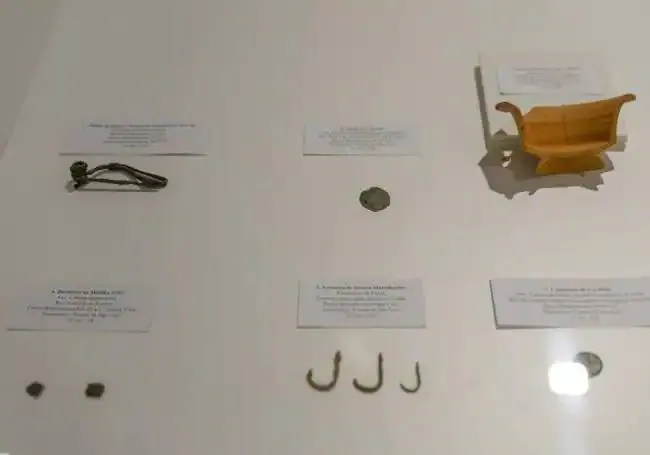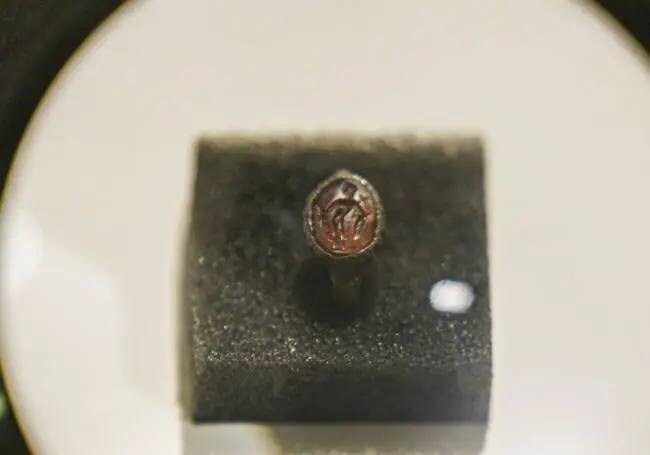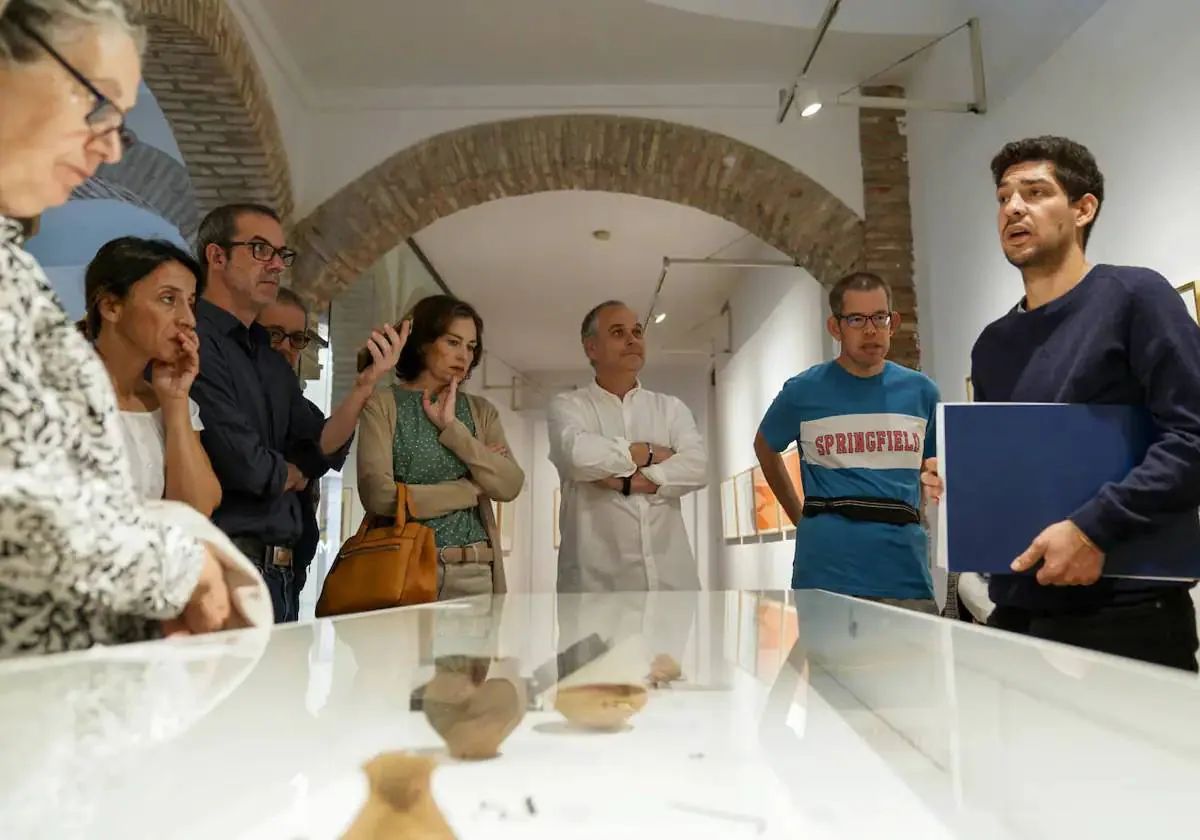El Fuerte hotel archaeological treasures on display in Marbella
The Museo del Grabado is exhibiting some of the first objects found on the site where 4,000 pieces have been discovered
David Lerma
Marbella
Wednesday, 15 November 2023, 09:30
Before being transformed into a hotel, El Fuerte in Marbella has been a Roman cemetery, later an Islamic cemetery and then San Luis fortress, where Sergeant Rafael Cevallos defended Marbella against French troops during the War of Independence. In the 20th century, it was a house belonging to Doña Elvira, who owned the land that was to be transformed into the El Fuerte hotel.
During renovation work to the hotel in February 2022 a series of objects dating back to Andalucía’s Roman and Islamic periods were found, some of which are now on display in the town’s Museo del Grabado.
"There are remains of Marbella’s medieval Islamic cemetery. One of the hypotheses we are working on is that this cemetery was occupied from the 8th to the 15th century. Despite the deterioration, the presence of walls and a couple of floors suggest an idea of urban planning," José Antonio Valiente, the archaeologist in charge of the excavation of the El Fuerte hotel, told SUR.
Imperial and Republican Rome
More remains have been found underneath the Islamic burial site. "This sheds more light on the Roman presence in Marbella. To date, we don't have enough solid structural elements to be able to know what the urban planning of the Roman town was like. We would have to look for parallels with other coastal towns in Malaga where remains have been documented, such as Fuengirola or Estepona," explains Valiente.
"From the Roman period we have located two periods: one Republican (from the 2nd to the 1st century BC) and the other High Imperial (1st to the 3rd century AD). Some of the crockery found belongs to the first period and others to the second," he adds.

A ring depicts the Greek god Hermes (the Roman god Mercury), god of commerce and liars, messenger of the gods and guide to the underworld and is the most impressive piece on display at the museum.
Burial rites
Among the objects found were coins from different periods, medical instruments, vessels, oil lamps and earrings from the Islamic period. Among the items found and still in the municipal archives waiting to be classified are many human remains.
The archaeologist explained that "these help us to establish the chronology. In the case of burials, if they are grave items, they help us to learn about burial rites and, in general, they allow us to know what tools were used for cooking or eating. Human remains tell us about the inhabitants. The more data we have, the more they will help us to clarify it.”

"The excavation has yielded very good results. I wouldn't really know if it is one of the biggest discoveries of the last ten or twenty years in Marbella, but it is really an important find in terms of the amount of data it allows us to obtain. Obviously, they shed a lot of light and help us to understand more. In fact, they will reveal more information, because we are still investigating. We understand that they will provide a lot of information," Valiente concluded.
